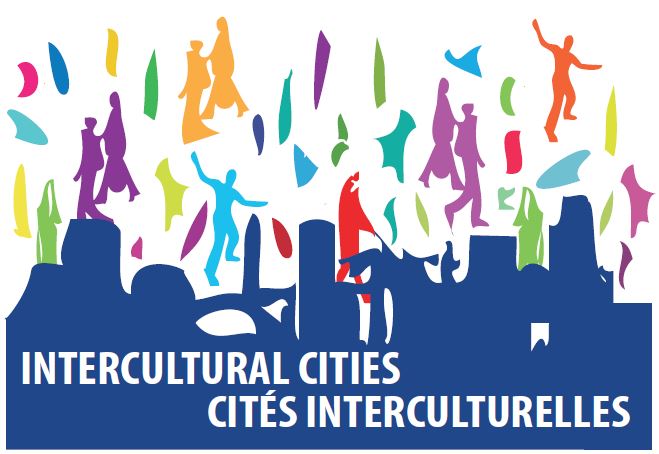Designing intercultural strategies

Successfully implementing an intercultural strategy in general requires a change in the mindset across all city departments as well as within the political leadership, to prioritise the principles of valuing diversity, real equality, meaningful intercultural interaction and active citizenship and participation in the policies of the city. The intercultural strategy should whenever possible be accompanied by clear indicators as well as monitoring and evaluation measures to measure the impact of the strategy over time.
 Transforming the narrative
Transforming the narrative
Intercultural city strategies shall build on the strengths of the city and aim to transform the understanding, narrative and actions with regard to diversity, both within the public sphere and in the institutions themselves. An intercultural strategy therefore should seek a change in the relationships between authorities, institutions, individuals and groups. To enable this change, cities need to establish governance mechanisms that incorporate the core principles of intercultural integration at all levels of city government.
 Adopting an intercultural lens
Adopting an intercultural lens
The strategy should aim to assist all departments adopt an intercultural lens in their daily activities and planning, to build intercultural competence among the staff and leadership and to work together to discuss and coordinate strategies and actions. Governance should further not be limited to the administration, and include coordination with other actors and participatory approaches, including civil society such as migrant-led organisations and NGOs as well as the residents at large.
 Involving stakeholders
Involving stakeholders
Experience has shown that effective implementation of the intercultural integration model requires the involvement of large numbers of people and stakeholders. Enabling a wide range of participatory measures and approaches across the city governance, will ensure public buy in and a broader sense of ownership and accountability. This in turn will create a more long-term approach which allows for innovation, new ideas and which can be sustained across political and departmental silos.
 Creating lasting impact
Creating lasting impact
The intercultural strategy is ideally designed by a local policy development group in consultation with city departments, professional groups, NGOs and various organisations and structures, such as universities, consultative bodies of foreign residents and many more. The strategy should also be viewed as a living document which is reflected in the daily work of all city departments, and which is monitored and evaluated over time, thus ensuring implementation is effective and creates lasting impact.

Step-by-Step guide
The guide The Intercultural City step by step provides a brief outline of the concept of intercultural integration, advice on steps and measures which help cities develop an intercultural strategy and illustrates the elements of such a strategy with analytical questions, suggestions and examples of practice in various cities from Europe and beyond. Whenever possible, the guide refers to documents and other resources which could help the reader delve into specific issues and aspects in greater detail.

Step-by-Step training
The online course The Intercultural city step by step is a tol for assisting cities on their intercultural journey, guiding participants on how to apply the intercultural lens in their work. The course is based on the base document for the Intercultural Cities with the same name. The written materials are accompanied by a video series.

Model framework
The Model Framework for an Intercultural Integration Strategy for the National Level is a tool for practitioners and policy makers working in the field of diversity and inclusion. It has been developed through multilevel dialogue and draws on the positive results of the local authorities and member states that have applied the intercultural integration approach as a means to achieve real inclusion at the local level. It is conceived as a flexible tool that practitioners should be able to adapt to the specificities of their legal and administrative settings.




